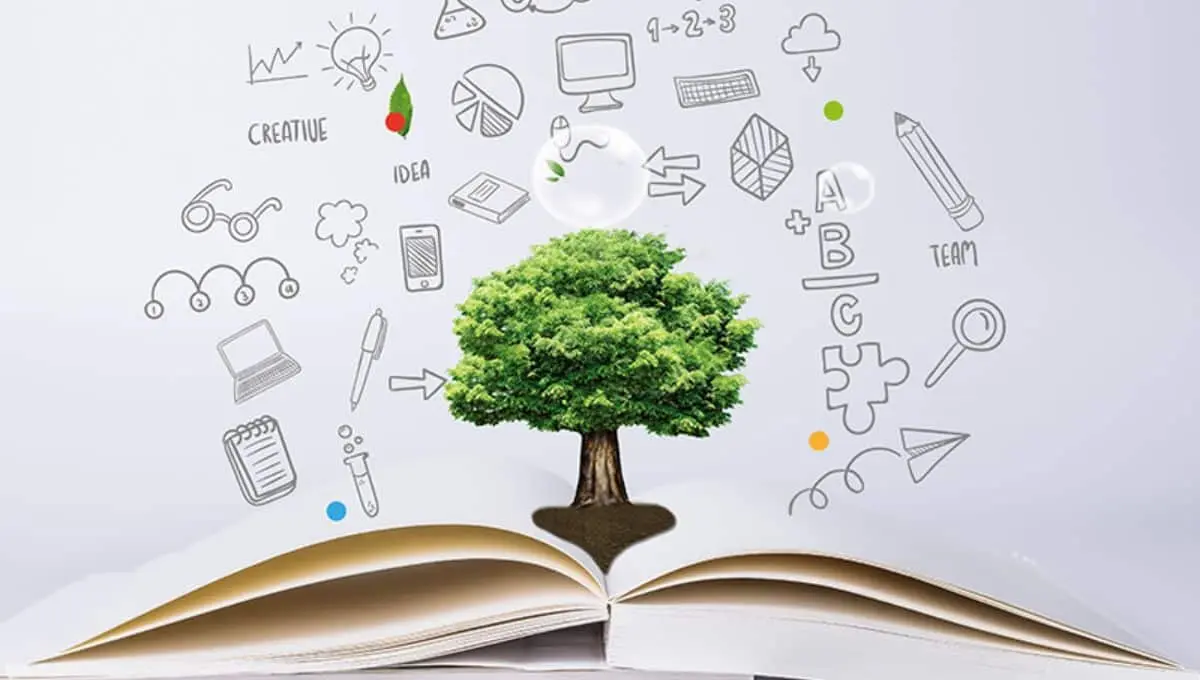Investing in education is widely regarded as one of the most significant contributors to social progress. The concept of “How Educational Investments Shape Society” explores the profound impact that funding education can have on a community, a country, and even the global stage. By channeling resources into schooling, training, and learning initiatives, societies can foster economic development, reduce poverty, and promote social equality. Education equips individuals with the knowledge and skills necessary to improve their quality of life and to contribute meaningfully to society, thus creating a cycle of prosperity that benefits all.
The Nature of Educational Investments
Educational investments aren’t just about the money given to schools and educational programs. They’re also about the time, energy, and resources spent on creating courses, training educators, and making places that are good for learning. These investments are crucial because they affect how learners grow intellectually, emotionally, and socially.
Economic Benefits of Education
The economic advantages of education are undeniable. Countries that prioritize education tend to be wealthier. Education prepares people with the know-how for new ideas, makes workers better at their jobs, and draws in more investments from other countries. Good education results in a workforce with the right skills, which is essential for industries like tech and healthcare and leads to economic growth. For example, places famous for great education, like some countries in Northern Europe, are also leaders in coming up with new things and doing well in business worldwide.

Education’s Transformative Power on Individuals
On a personal level, education can really change lives. It gives people a way out of poverty and the chance for jobs that pay well. Each extra year of school means people can earn more, which helps them live better, like having access to medical care, a decent place to live, and good food. Education helps make society fairer, giving people the chance to move up in the world.
Health and Well-being Through Education
Educated people make smarter health choices, which means less sickness and better health overall. During the COVID-19 pandemic, knowing and following health advice was key to keeping the virus under control. This shows how important education is for health emergencies.
Social Impact of Education
Education also helps bring different kinds of people together. It teaches students to understand and care for others, which can reduce biases and help everyone get along. Educated people are more likely to get involved in their communities and understand how their government works, which is important for keeping democracy strong.
Education and Gender Equality
Education is also essential for gender equality. When girls and boys have the same chances to learn, it gives women more power and makes it more likely for them to work and participate fully in life.
Educated women tend to have jobs, healthier families, and make sure their kids go to school, which is good for growth, development, and fairness. Equal education helps to empower women, leads to fairer wages, and creates a cycle of positive change for future generations.
Strategic Planning for Educational Investment
To make the most of education, careful planning and action are needed. This includes making sure all kids, no matter their background, can go to a good school. It also means using technology in education to help close the gap between rich and poor students, letting kids in remote places have the same opportunities as those in cities.
Collaborative Funding and Development
Governments and companies need to work together to give money and support to education, especially where it’s needed most. This includes making sure teachers know the best ways to teach and schools have all the supplies they need.
This joint approach often leads to the creation of innovative programs, improvements in teaching quality, and the provision of essential learning materials and infrastructure necessary for effective education. By working together, these different sectors can have a greater impact than they would individually, leading to a stronger and more inclusive education system

The Modern Classroom and Digital Learning
Nowadays, learning can happen anywhere, not just in a physical classroom. New technologies in education can help teachers meet the needs of each student, helping everyone learn well no matter their situation.
The incorporation of technology in education not only supports a wide range of learning styles but also prepares students for a digital future. It ensures that no matter where a student is, they can have access to quality education and resources, breaking down geographical and socio-economic barriers to learning.
Conclusion: The Far-Reaching Impact of Educational Investments
Investing in education affects every part of life, from making economies stronger to improving health, creating unity, and encouraging people to take part in society. By putting money into education, we’re preparing for the future and building societies that can deal with what comes next. Education isn’t just a cost; it’s the most important investment for ongoing growth and well-being.
Nelson Mandela once said that education is a very powerful tool for changing the world. By putting money into education, we’re not just building schools; we’re laying down the base for the future of society.
Also Read: Exploring the Impact of Classic Literature on Modern Society



